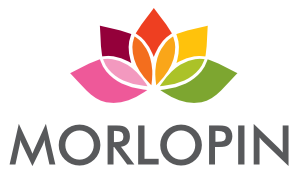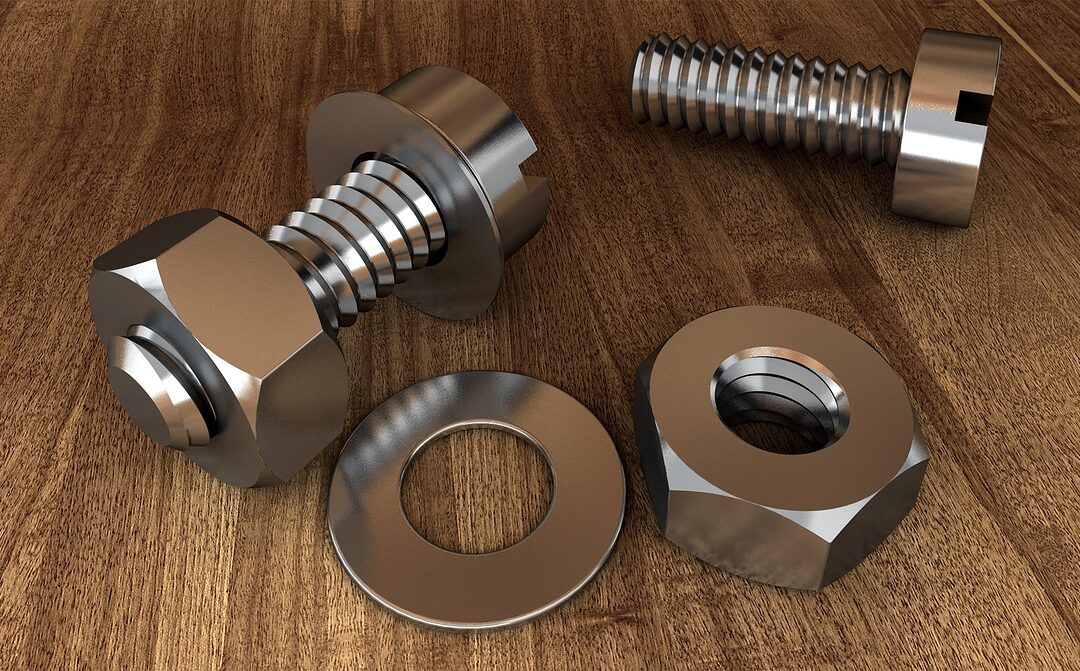What is plaforization
Plating is a new metal conversion technique that is revolutionizing metal pretreatment processes for subsequent painting. And it’s something that the development section of our paint factory is following.
It consists of immersing the parts to be treated in a bath of polyphosphates and organic solvents in which phosphates and polymers produce degreasing effects.
Thanks to plaforization, it is demonstrated that degreasing and phosphating of surfaces can be performed in a single operation at room temperature, which eliminates solid particles of dust and metallurgical slag.
Compared to the traditional phosphatization system, plaforization has the following economic and ecological advantages: total elimination of heating costs;
Considerable cost reduction; considerable cost reduction due to plant and system depreciation; a drastic reduction in processing times; the absence of drain water effluent with the consequent need for treatment plants and their related cost.
All phosphating plants involve a significant investment cost and, when heat is used, a considerable operating cost caused not only by the consumption of reagents in the phosphating process but also by the thermal energy requirement at all stages of the treatment, as well as for drying the parts.
Plating process times and temperatures
- Process temperature: Ambient temperature.
- Processing time: 30 – 60 sec.
- Drying temperature: room temperature.
- Drying time 5-7 minutes at room temperature.
- The test time can be reduced to 30-60 seconds by using cold air fan forced drying systems.
Corrosion resistance of plaforization
- Measurement of corrosion resistance with coating of unpainted parts stored indoors: more than 12 months.
- Corrosion resistance with coating of unpainted parts, stored outdoors: 1 to 2 weeks.
- Measurement of the corrosion resistance of plating, on painted steel; in either case, plating increases the corrosion resistance in the paint cycle. However, the completeness of the cycle varies depending on the paint used.
PLAFORIZATION is compatible with carbon steel and aluminum and aluminum alloys, galvanized steel.
Chemical and physical constants
- PH solution 1.5 – 2.5
- Specific gravity 1.2 approx.
- Nature of the phosphate deposit: iron-zinc phosphate of a polymeric film.
- Phosphate layer thickness: 1 to microns.
- Coating homogeneity: continuous non-porous film.
- Thermal stability: the coating can withstand temperatures not exceeding 220C.
Conclusion
Immersion plating, due to the exceptional level of coating it is capable of achieving, offers improved chemical properties when coupled with a coating in conjunction with chromate.
The chemical resistance of the dip coating is better than that of the alternative process, if the degreasing and phosphating time is 60 seconds.
Furthermore, a quick examination of cycles 1, 2 and 3 clearly reveals considerable savings in terms of energy, plant size and related financial costs induced by the use of the immersion platform.
If, in addition, we consider the purification problems posed by the pretreatment systems examined, it is clear that, if chromate treatment clearly poses economic and ecological problems, dip coating has no such problems and therefore allows the realization of more economical processes and a short return on investment.

